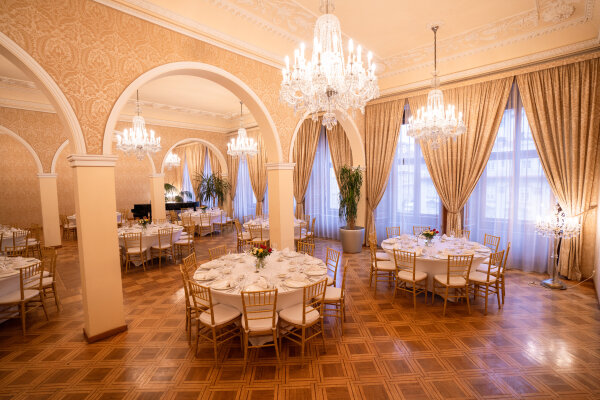History
Baroque palace in the Lesser Town.
The Kaiserstein Palace is one of the first Baroque palaces built in Prague and is one of the architect Giovanni Battista Alliprandi's architecturally valuable buildings, who was also responsible for other important buildings in Prague - the Hartig, Sternberg, Lobkowicz and Hrzán palaces. At the time of its construction, it was a relatively advanced building in terms of proportions, decoration and layout.
The former residence of two famous military leaders, as well as the opera singer Emma Destinn, was rebuilt several times and finally adapted back to its original form. The Baroque part is situated in the Lesser Town Square and the Renaissance part in Josefská Street, where Renaissance vaults and late Renaissance beamed ceilings decorated with paintings are still preserved.
Since 1992 the Palace has been a UNESCO World Heritage Site.
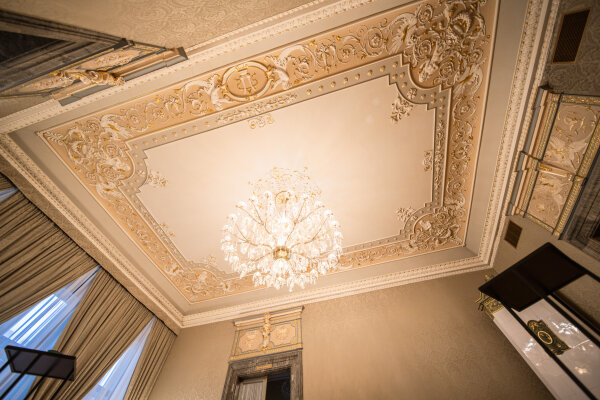
Sir Kaiserstein
In 1654 the house was bought by Sir Jan de Cron, the Imperial Court Chancellor and Commander-in-Chief in Prague.
A few years later, Jan's daughter married František Helfrid, Sir Kaiserstein, commander of the Prague towns, who began a complete reconstruction in 1699. Probably according to the plans of the important Baroque architect Giovanni Battista Alliprandi, the front wing was built on the foundations of the original houses. The coat of arms of the Kaiserstein family, which can still be seen above the balcony, dates from that time.
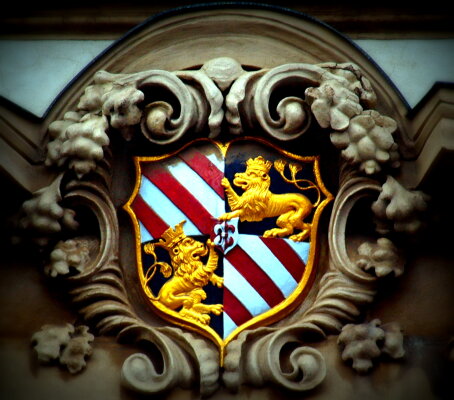
The oldest form of the palace facade is depicted in a copper engraving by the imperial court engraver Johann Andreas Pfeffel (1743), which shows a painting by J. J. Dietzler - The Coronation of Queen Maria Theresa. The present form differs only in details.
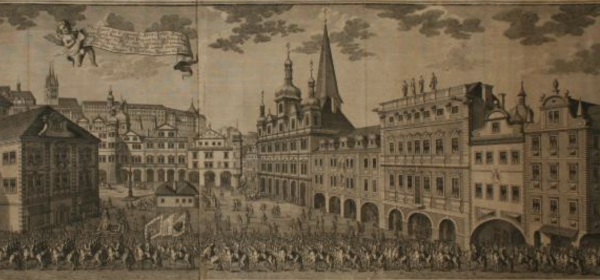
The building does not have the usual gable. However, the attic is decorated with statues of the Four Elements (Fire, Air, Water, Earth) and decorative vases. The sculptural decoration is the work of the Italian sculptor Ottavio Mosto.
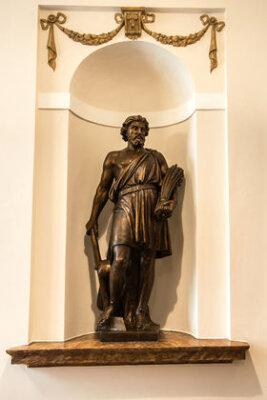
Ema Destinn
The house belonged for a long time to the Radecke family from Radec and briefly to Česká Spořitelna before it was bought in 1866 by a Prague hotelier, Mr. Petzold. He built a gourmet restaurant there and for the next hundred years no one would call the Palace anything else but "The House at Petzold's".
One of the frequent visitors is Emanuel Kittl, a member of a wealthy Prague family and patron of the arts. He set up a luxurious apartment on the first floor for his daughter Emilie Kittl, later known as Emma Destinn. By this time, Ema had already made successful debuts in Dresden, Berlin and London. Her bust by the academic sculptor J. Simot can still be seen on the facade of the building. The main hall on the second floor is also named in honour of the singer.
Her nephew, the writer Jan Wenig, often visited her as a young boy. "The middle, large room was full of antique furniture and rare carpets, there was a concert grand piano and other musical instruments. Whenever I entered from the hall, I passed the skeleton of a supposedly young man, who reminded my aunt of the transience of human life. She called him Ivanek. To the right was Napoleon's room, filled with books, cups, statuettes, plates, and tabards with Napoleon's N. My aunt was very interested in Napoleon's fate. The large dining room on the left was often full of guests."
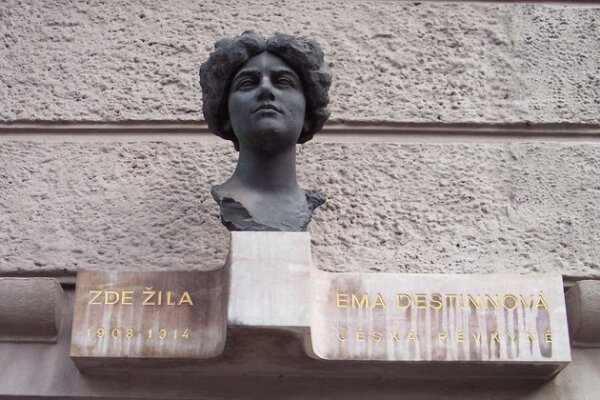
In the hands of the state
In 1962, the then owner Květa Stožická - Konstantinová handed over the house to the state authorities. At that time, the house contained 11 apartments, several shops, workshops and offices. However, due to the disastrous conditions, the tenants on the third floor were evicted after several years.
In 1977 the state sells the house for 400,000 CZK to the Czechoslovak Chamber of Commerce and Industry and an extensive four-year reconstruction begins. Under the direction of architects Zdeněk Pokorný and Jaroslav Bělský, the palace is returned to its original Baroque appearance, the main great hall is restored, the arcade on the ground floor is restored and the entrance is moved to its original location. The building was given a central electric boiler room, a unique ecological project at the time, and freight and passenger lifts and a central staircase were built. The palace served government institutions, foreign delegations, the Chamber of Commerce and its members.
Thanks to the preserved artistic and historical details and the invaluable contents, the Petzold House (again the Kaiserstein Palace after reconstruction) was listed as a Unesco cultural heritage site in 1992.
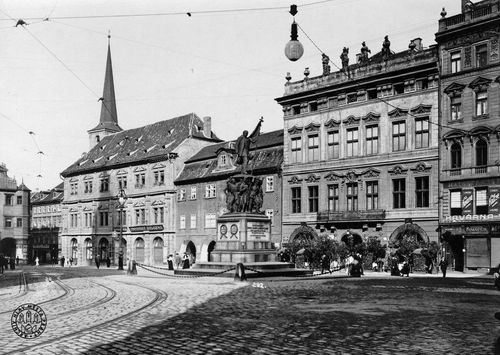
Present
The palace was returned to its original owners in 1997 as part of restitution and sold to a Czech private investor in 2022.
Today the first and second floors are used for conferences, gala dinners, weddings, concerts, and much more.
The third floor then houses the administrative offices.
The underground floor serves as a wine cellar with a vaulted ceiling.
